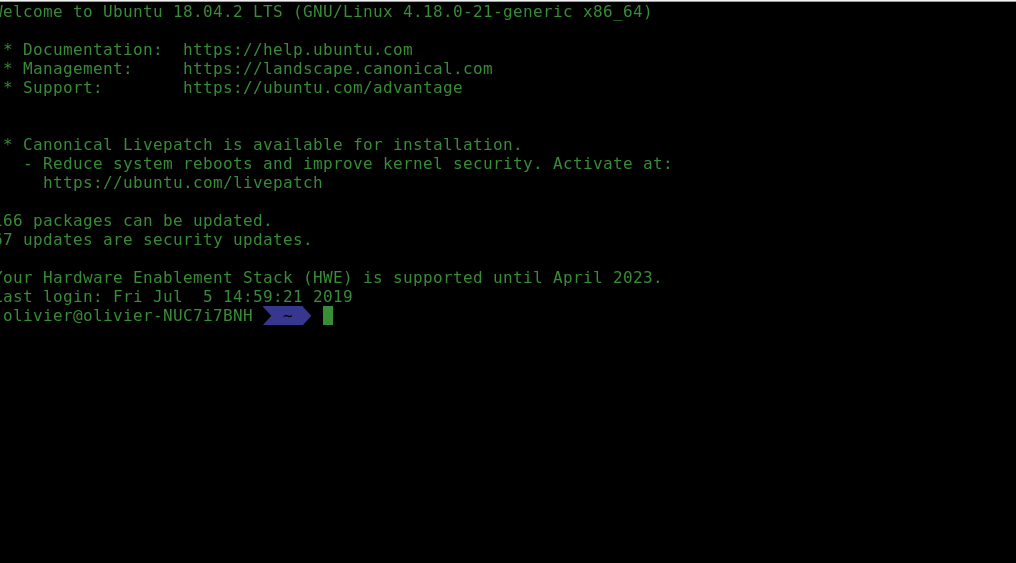
My experience with this matter is: The operation of a central entry point for many applications with all their unique characteristics is unfortunatly this complex.ĭon’t expect from an appliance more than save buttons and a fancy web-gui for similar settings as described here.Īt this point you are entering the twilight zone between configuration and programming, because your proxy is mostly an integral part of a bigger “web-program”.
SSH PROXY LINUX SSL HTML5 CODE
If the applications insists in the root path, it could be impossible - even if you could parse the returning code (html, css, js etc.). If you could deploy it with the right path-prefix, everything is okay again. If they use absolute path, it could became complicated. If your backend application only uses relative paths, everything will be fine. Everything I try to describe here are finally some sorts of “reverse proxy” configurations.The security audits of these applications never showed topics like “unpatched ssl versions” again, the web-services team can concentrate on deploying applications with no need to touch an apache configuration ever again and we (the networking team) can solve every access issue by ourself. We have about 10 changes in the setup per week and we can do all of them on fly (using reload). The configuration without comments has about 7000 lines.

Today only two applications left and couldn’t be included in this scheme.
SSH PROXY LINUX SSL HTML5 UPDATE
Update 2014, success story: This NGINX setup as a reverse ssl-proxy with our “super-url’s” works perfectly for over 7 years (in this time we changed the ubuntu versions several times - from hardy to precise). There were many reasons for this structure: One CI (ITIL: change item) for SSL certificates, customer demands (one URL xyz with multiple services), simple but effective failover mechanism for changes and so on. We have two virtual machines “connected” with VRRP to one cluster, acting as a frontend for about 80 Tomcat servers (and some IIS, Apache/PHP …), each with one or more applications. In our company we use NGINX as a reverse proxy, serving HTTPS to the client while getting the content via HTTP from the multiple backends. SSL/TLS/HTTPS-Offloader/-Accelerator/-Terminator/-Dispatcher/Reverse-Proxy/Loadbalancer etc.). I’ve tried to document the whole picture of building what we simply call our “SSL-Proxy” (aka.

These APIs allow Guacamole to be tightly integrated into other applications, whether they be open source or proprietary.įor enterprises, dedicated commercial support is also available through third party companies.I want to thank Igor Sysoev for this nice piece of software.įor me, this is the only way to contribute something to this great project. We feel this sets us apart from other remote desktop solutions, and gives us a distinct advantage.Īpache Guacamole is built on its own stack of core APIs which are thoroughly documented, including basic tutorials and conceptual overviews in the online manual. It is licensed under the Apache License, Version 2.0, and is actively maintained by a community of developers that use Guacamole to access their own development environments.
SSH PROXY LINUX SSL HTML5 FREE
With both Guacamole and a desktop operating system hosted in the cloud, you can combine the convenience of Guacamole with the resilience and flexibility of cloud computing.Īpache Guacamole is and will always be free and open source software. As long as you have access to a web browser, you have access to your machines.ĭesktops accessed through Guacamole need not physically exist.

Latest release: 1.4.0 (released on 21:20:13 -0800)īecause the Guacamole client is an HTML5 web application, use of your computers is not tied to any one device or location.


 0 kommentar(er)
0 kommentar(er)
